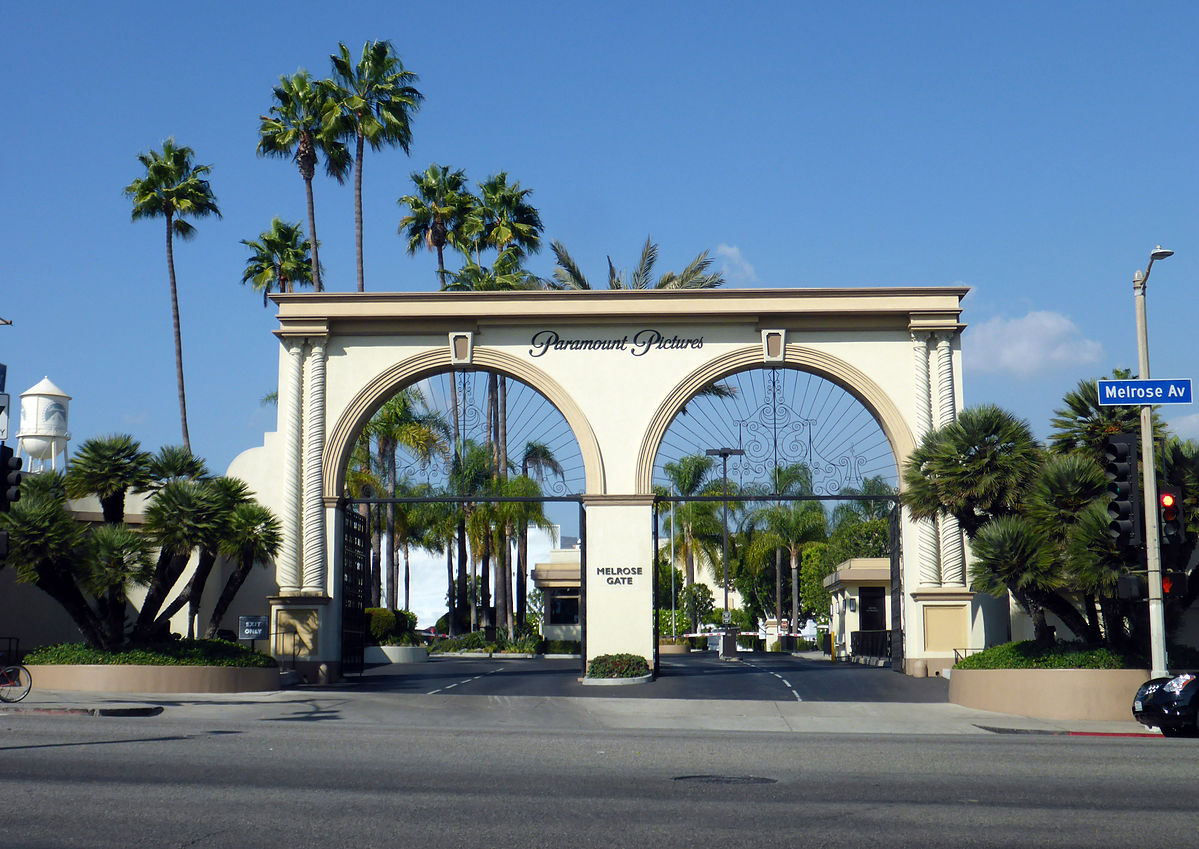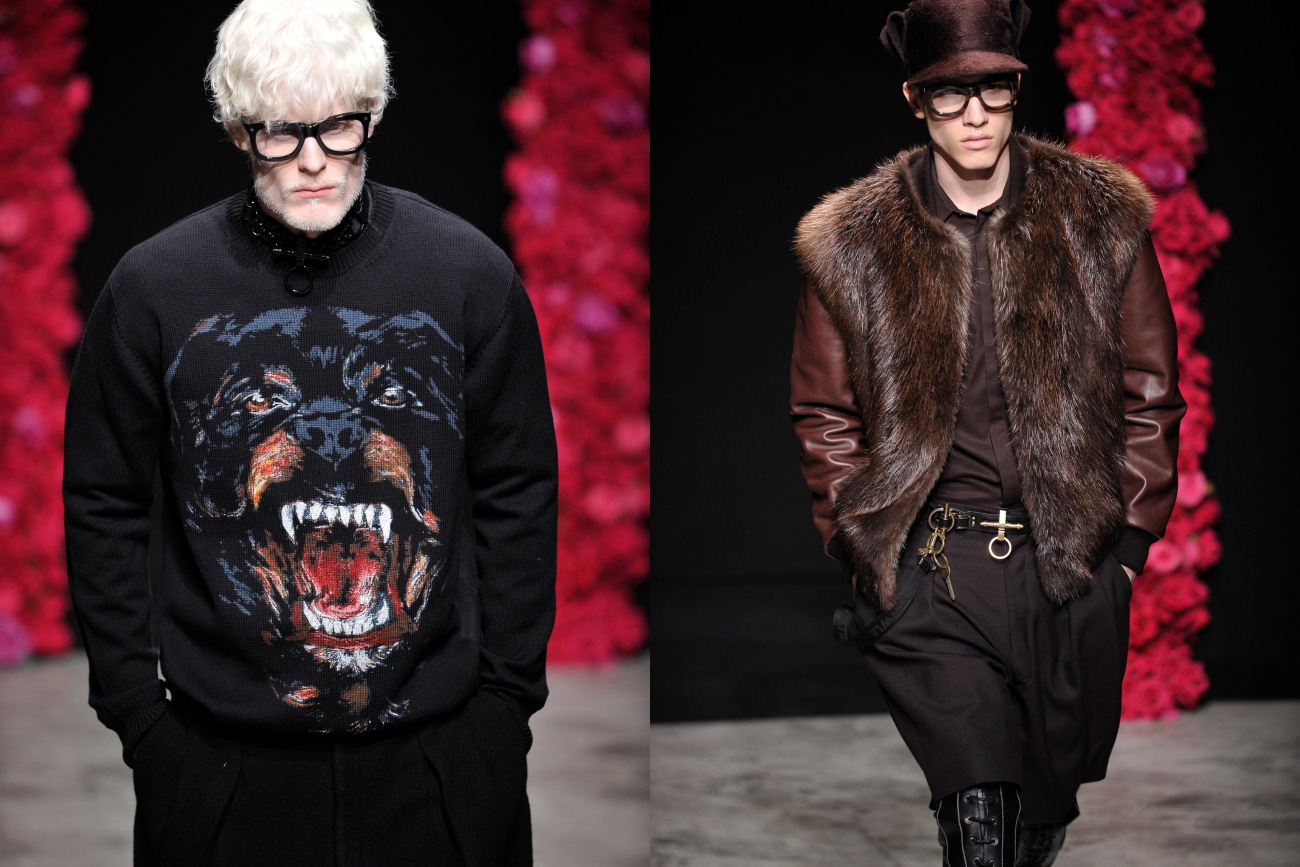Throughout the past two decades, Riccardo Tisci has emerged as one of the most influential figures at the crossroads of luxury fashion and streetwear. His approach, rooted in a thorough understanding of both haute couture and urban culture, has redefined the boundaries of what luxury streetwear represents today. Exploring his vision illuminates not only the evolution of this genre but also the wider shifts in the modern fashion industry.
Early Influences and Vision
Riccardo Tisci’s background played a significant role in crafting his unique approach. Born in Taranto, Italy, Tisci later moved to London to study at Central Saint Martins, a pivotal institution for avant-garde fashion. Emerging onto the design scene in the early 2000s, he cultivated an aesthetic marked by contrasts: soft romanticism fused with dark, almost gothic, undertones. This dual sensibility would underpin his later work at the helm of Givenchy and Burberry.
Even before streetwear became a buzzword in luxury circles, Tisci had already begun integrating elements commonly associated with street culture into high fashion. He drew from music subcultures, sports motifs, and the codes of hip hop, all without surrendering the technical rigor demanded by couture.
The Givenchy Renaissance: Luxury Embraces the Street
Tisci’s appointment as Creative Director of Givenchy in 2005 marked a defining moment. Through calculated risk and innovation, he repositioned the storied French house for a younger, more globally attuned audience. Notably, Tisci’s menswear collections broke new ground by featuring graphic t-shirts, sweatshirts, innovative tailoring, and bomber jackets, often adorned with bold prints and religious iconography.
One of the most iconic examples is the Givenchy Rottweiler sweatshirt from the Fall/Winter 2011 collection. Priced well above standard streetwear yet styled for casual wear, this garment became a status symbol. Celebrities and music artists, including Kanye West and Jay-Z, wore Tisci’s designs, amplifying the resonance of luxury streetwear. Tisci’s signature blend of high craftsmanship and accessible forms ultimately became a template for other luxury brands.
Collaborations and Celebrity Endorsements
Tisci realized the impact of partnerships and cultural connections. He often collaborated with streetwear legends and artists, expanding Givenchy’s fan base. His strong bond with Kanye West led to bespoke fashion items for the *Watch the Throne* tour, reinforcing the shared impact between hip hop and high-end brands.
Campaigns were often cast with a blend of supermodels and musicians. Tisci cast the first black male model on a Givenchy men’s runway and championed diversity in an industry that often overlooked it. This inclusivity, interwoven with street-inspired visuals, helped redefine what aspirational luxury could look like.
Design Codes: Hybridization of Materials and Silhouettes
An essential aspect of Tisci’s influence is the blended nature of his designs. Tisci frequently combined traditional tailoring with elements of street style, merging materials such as neoprene, jersey, and high-quality leathers. His visual expression featured basketball shorts worn with blazers, large sweatshirts matched with elaborately decorated shirts, and backpacks adorned with luxury metal fittings. With these selections, Tisci questioned the division between formal attire and casual wear, proposing innovative methods for both men and women to showcase their individuality.
The prominent use of prints—such as stars, animal motifs, and baroque flourishes—spawned countless imitations but also set the tone for a genre where street iconography was elevated to the status of lavish ornamentation.
Impact at Burberry: The Democratization of Heritage
In 2018, Tisci became Chief Creative Officer at Burberry, a British heritage label with a distinct aesthetic. Within months, he released capsule streetwear collections featuring logo-centric garments, monogrammed accessories, and cross-category collaborations. His reworking of Burberry’s iconography—like introducing a new interlocked TB monogram—sent a clear signal that streetwear’s codes were integral to the brand’s future.
At Burberry, Tisci paralleled his Givenchy playbook, balancing classic trench coats with modern technical outerwear and sneaker designs. He championed street casting, featuring diverse models and influencers alongside traditional faces of the brand.
The Influence on Contemporary Luxury and Market Dynamics
Tisci’s approach to design precipitated critical shifts across the luxury sector. As a result, competitors such as Balenciaga, Louis Vuitton, and Dior have developed their own interpretations of luxury streetwear. Data from market analysts demonstrate that the category of luxury “athleisure” and street-inspired goods has seen compound annual growth rates in the double digits throughout the 2010s, aligning with the rise of designers like Tisci whose vision blurs the boundaries between exclusivity and urban authenticity.
Furthermore, the resale market for Tisci-era Givenchy pieces remains robust. The Rottweiler and Madonna tees have achieved near-iconic status, routinely fetching multiples of their original retail prices. This enduring cult appeal underscores the notion that luxury streetwear, when done with conviction and vision, can transcend seasonal trends.
Transforming Cultural Stories and Enduring Impact
Riccardo Tisci’s impact is not solely visible in garments or collections, but also in cultural perception. He advanced the idea that luxury need not be remote or intimidating; it could dialogue directly with youth culture and city life. His designs encouraged a new generation to aspire to luxury not just through fantasy eveningwear, but through everyday street-centric apparel. In doing so, Tisci bridged the distance between high fashion ateliers and the creative energy of the street, reshaping the ambitions of designers, brands, and consumers alike.
Tisci’s story is that of a designer who anticipated the seismic shift in fashion from exclusivity to inclusivity, and from tradition to innovation. His work demonstrates the potential for cross-pollination between seemingly disparate worlds, establishing a framework that continues to inspire the evolution of luxury streetwear.



